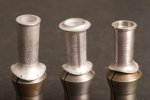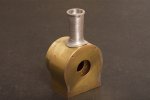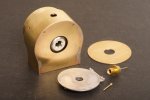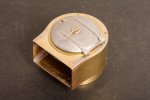Richard Gawler
Western Thunderer
Never mind a little dirt, if the goal is splendid!
- Fyodor Dostoevsky
- Fyodor Dostoevsky
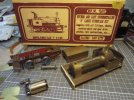
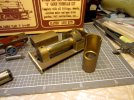
I never tried to use the original tank wrapper because I drilled the holes for the handrails while it was flat and then decided I ought to drill them after forming the tank. The instructions did not give me a clue as to when I should drill these holes. I used some 0.3 mm brass sheet so it's a relief to read the original actually is impossible to form. I didn't have a clue how to manipulate it to the radii required.I . . . also made a 10 thou brass wrapper for the saddle tank to replace the impossible to form etched part provided.
I really will ask here before buying.I would say it is a substantially better kit than many other 7mm etched brass kits still available, a few of which I have completed.
One of our most favourite paintings (it makes us both smile every time we look at it) is also our smallest, the painting itself being just 3" x 2.75".
The artist was Brian Cunningham and we acquired it in 1992, believing it to be newly painted.
Having taken it apart yesterday to clean the mount and glass I studied it further - the locomotive's origin had always been a puzzle and the coaches seemed too short.
I now wonder if this scene might have been painted in 1892, not 1992 (it merely shows 92), and remounted / reframed a hundred years later before it came our way.
In which case - could what we are looking at here be an accurate rendition of a Heybridge Railway train?
Could that really be EH or EE waving at the painter from his recently converted private coach?
If so, you have some more homework - the train comprises 3 x very short and very early 4 wheel coaches, what are the origins of the locomotive (it must be the Railway's or hired in as it is not a known GER type), there is an overbridge, and the line appears to have been fully signalled (unless this view is of the HR train on the GER branch, but then surely the signal posts would be timber not iron lattice....).
View attachment 184895
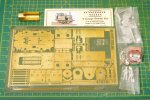

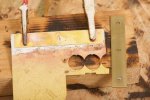
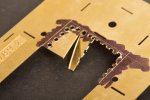
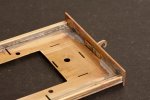
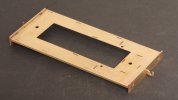
Happy New Year to you too, Richard!
A Happy New Year to all at WT

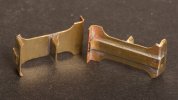
You need to be proud of that work, neat, tidy, looks good.I think the cab steps are worth a mention because this is the first time I have put some together without struggling.
You need to be proud of that work, neat, tidy, looks good.

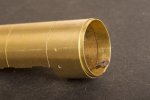
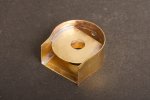
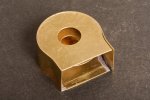
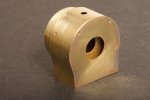
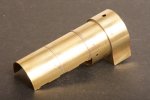
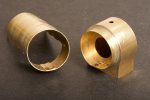

Thin card works just as well. With 0.25mm brass bits of cereal packet work the same way to guide the brass edge to curve the same amount as the rest of the sheet. Cheaper and disposable.For sandwiching, would you advocate two pieces half the thickness of plate being rolled (e.g. for 1mm plate use 2x 0.5mm) or thinner still?

